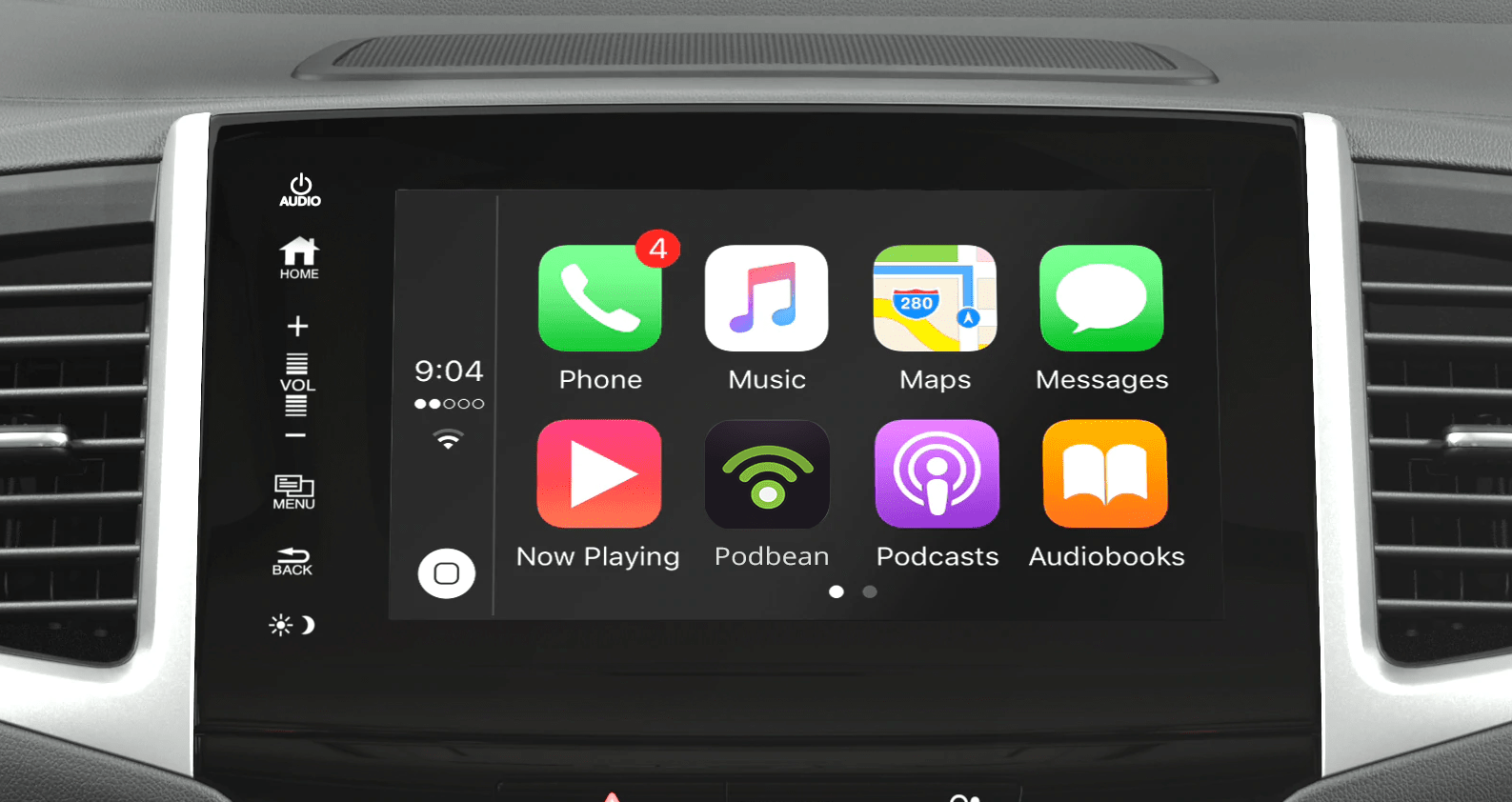Why Your Brain Won’t Clock Off (and How to Fix This)
(2 minute read)
When Work Follows You Home
You’ve finished work, arrived home and made it through the front door, but your mind hasn’t left work. You’re still replaying difficult conversations, solving major issues in your head, or thinking about your tomorrow. You want to switch-off and be present, but you can feel your brain is still at work.
If that sounds familiar, there’s nothing wrong with you - you’re just human. The reason it’s so hard to switch off has to do with how the brain manages focus, stress, and recovery.
What’s Going On in the Brain?
Your prefrontal cortex (PFC) handles decision-making, planning, and self-control, but it’s a limited resource. Prolonged mental effort drains it, weakening your ability to regulate emotion and attention (Arnsten, 2009). Meanwhile, your amygdala, the brain’s alarm system, stays on alert for unfinished tasks or potential threats. When the PFC is tired, it can’t quieten down the amygdala (McEwen & Gianaros, 2011), leaving your brain on high alert even when you’re off the clock.
In short, you’ve arrived home and lifted your foot off the accelerator, but the ‘engine’ keeps revving, when you’d rather it didn’t.
3 Practical Tips for the Drive Home
Let’s get practical. You can’t slam the brakes on your brain. Like easing into a driveway, you need to downshift gradually. Here are three simple, science-backed tools to help you switch off from work and be present, and, sticking with our car analogy, where better to practice them than on your commute home!
1. Shift Gears – Shutdown
What to do: Before driving home, jot down the big things on your mind.
Why it works: Writing tasks down closes “open loops,” freeing mental bandwidth
2. Tune-in & Switch Focus
What to do: Listen to something unrelated to work on the way home: an interesting e-book or podcast that fully absorbs you.
Why it works: Shifts activity from the brain networks associated with rumination.
3. Park Properly
What to Do: Before stepping out of the car, pause for 30s, take a deep breath, and set new focus: ‘Now I’m home, my role is ’x’.
Why it works: Small boundary rituals help transition modes and support recovery.
What Changes When You Do This
When you learn to downshift, you are more likely to come home calmer, sleep more deeply, and think clearly. The people you care about will likely benefit too, because you can show up fully, not with a mind still ruminating over work.
Over time, this builds a compounding advantage: better work, stronger relationships, and a brain that recovers, not just survives.
Why Coaching Helps You Get There
Knowing what to do isn’t the same as doing it consistently. A professional coach helps bridge that gap by:
Asking deeper questions about the underlying cause of your brain remaining ‘on’
Personalises these tools, and more, to your role, routines, and stress triggers
Keeps you accountable so new habits stick - even when work gets intense.
Coaching turns this from information into transformation… because performance isn’t just about how well you are switched on, it’s also about how well you recover when you are switched off.




